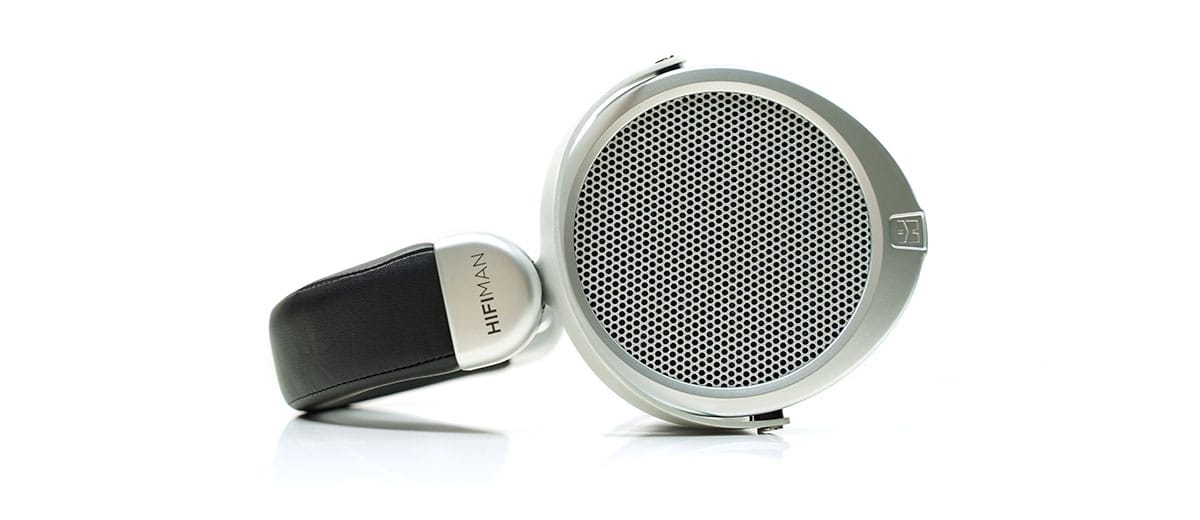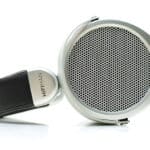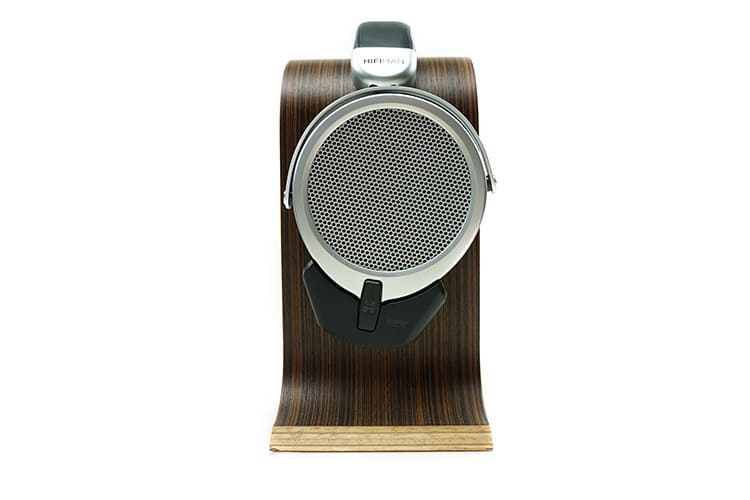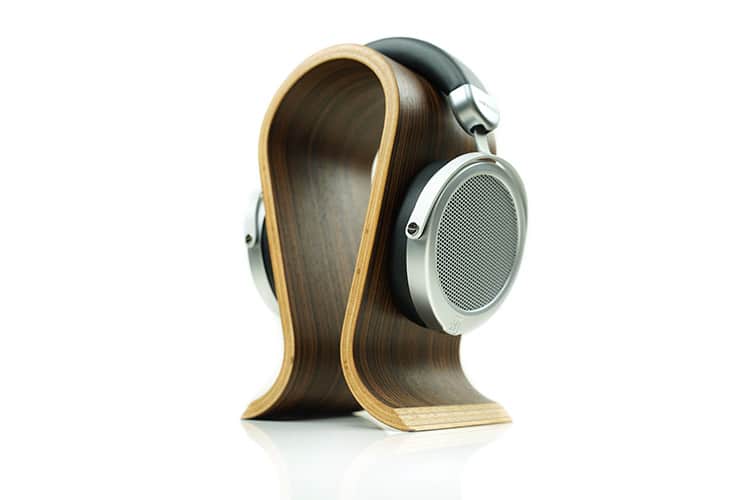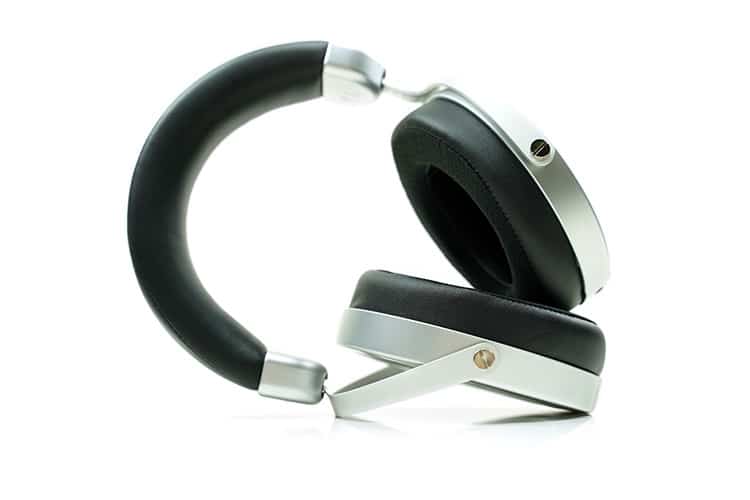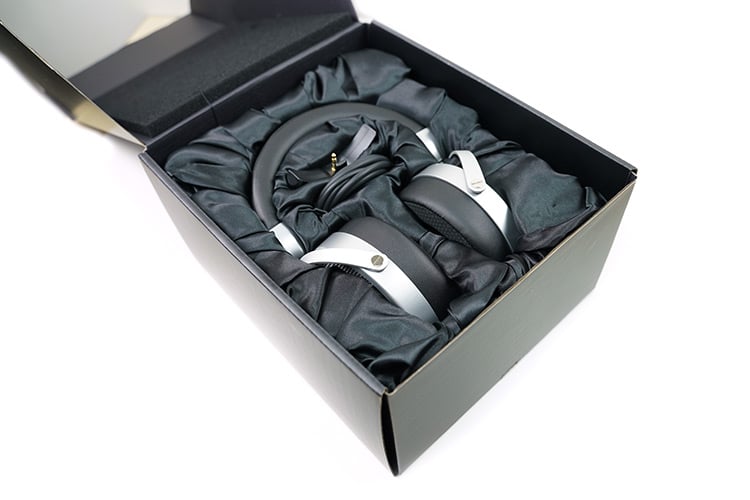In this review we have an in-depth listen with comparisons on the HIFIMAN Deva Pro open-back planar headphones with wireless capability. It is priced at $329.
Disclaimer: This is a sample sent to us in exchange for our honest opinion. Headfonics is an independent website with no affiliate links or status. We thank the team at Hifiman for this opportunity.
To read more about the HIFIMAN products we have previously featured on Headfonics click here.
Note, that this 3-page article follows our latest scoring guidelines which you can read up on here.
We had hoped to get this review sorted before the launch of the HE-R9 which we have already covered back in June but for various reasons, the Deva Pro in-depth equivalent has hideously delayed. Apologies for that!
Launched towards the tail end of 2021, the ‘new’ Deva Pro is a bit of a spin on the original Deva from early 2020. The Deva, in turn, was the second evolution of the company’s initial foray into wireless headphones, the first being the rather more expensive Ananda BT.
The Deva hit the sweet spot for many with its affordable pricing, good performance, and the excellent Bluemini module. The Deva Pro now comes with HIFIMAN’s Stealth Magnet technology as well as the new Bluemini R2R module which includes the company’s recently launched Himalaya R2R DAC.
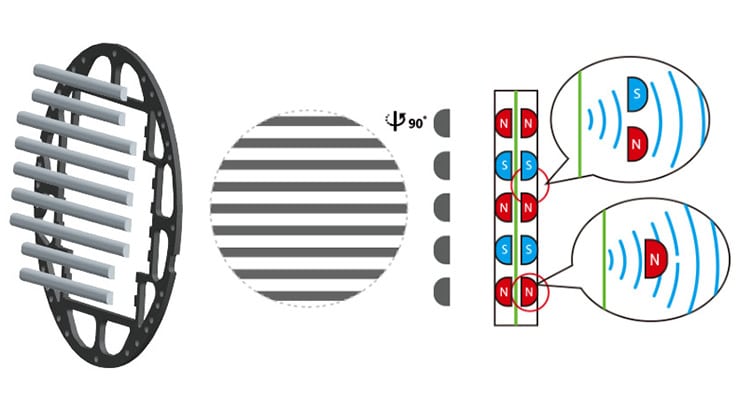
Tech Inside
Driver
As far as I am aware the actual driver coil and diaphragm itself have not changed materially from the original Deva. The fact that the efficiency and load ratings are an exact match to the Deva at 18Ω and 93.5dB SPL would add further proof that we are dealing with a re-tuned original coil and trace.
The new Deva Pro still uses a circumaural planar driver design inside an open back enclosure with a super-thin NEO “supernano” diaphragm, (NSD). This is something that HIFIMAN has also put to good use in their high-end drivers for a number of years now.
The whole pitch is the thickness of the diaphragm which is at a nanometer level in terms of measurements. The quest for the thinnest diaphragm first showed up on the HE1000 back in late 2015 and since has had subsequent revisions to an even thinner level n the likes of the Deva Pro.
Not only is the material light and low in mass, but apparently tight, really durable, and designed to produce a very high-quality fast sounding dynamic response compared to regular planar diaphragms.
Stealth Magnets
What has changed significantly from the original is the introduction of a single-sided stealth magnet array that many other HIFIMAN headphones have been augmented with over the last year or so.
Now, the stock HIFIMAN picture above is a little misleading regarding the precise nature of the new stealth magnet array inside the Deva Pro. This is not an asymmetrical alignment of similar-sized magnets.
Rather, the magnets have a different physical shape and composition to allow sound waves to pass through from one side to another without creating any “interferences” such as wave diffraction turbulence and lowering distortion in the process. In a way they are being touted as being almost invisible acoustically, hence the term stealth.
Bluemini R2R
The Deva Pro also gets the new Bluemini R2R wireless module which works in a similar manner to the original’s 2nd Gen Bluemini but with the new updated Himalaya DAC chipset inside.
This is a module we first reviewed back with the HE-R9 in June of this year and it’s not just the DAC inside that has seen some tweaks or upgrades.
The BT module has also changed from the previous Qualcomm CSR8675 receiver to a more modern 8-hour capable Qualcomm QCC5124 chipset.
Conversion duties are done via the HIMALAYA R2R resistor-based chipset in NOS mode. Decoding is from aptX, aptX HD right up to LDAC 24BIT/96kHz with support for AAC and SBC.
The Bluemini R2R also allows you to output digital audio directly into the Deva Pro via its USB-DAC functionality. This can apply to a wide range of digital audio-compatible devices such as PC, Mac, and OTG via Android. That signal will be decoded by the onboard DAC and converted into an analog signal for passing onto the amp chipset.
The rated output in mW is 230mW according to Hifiman’s real-world testing though they mention up to 1W on paper. That is a nice bonus and brings PC/Macs and smartphones into direct play without a BT signal required and allows traditional decoding up to 24BIT/192k.
Design
Gone is the 70s’ retro mix of tans and clean aluminum silver from the original and in comes something a bit more executive in its styling, arguably more conservative also.
I mentioned in the Deva review a few years back that I felt this overall aesthetic was a big jump in standards for HIFIMAN and I think, for the Deva Pro, I still have that same feeling. Granted, it works less well for me on the higher-end models such as the headband strap moving to the R10D and even the original R10P giving them both a cheapish feel.
Once in your hand, you can see how they managed to get down to that price point with a clever mix of silvery-dense plastics for the pivot blocks that blend almost perfectly with the anodized aluminum gimbals, large silver screws, and cup grills. Despite the pleather exterior, I am pretty sure the headband metal inside is your traditional spring steel, however.
For this level though, it’s perfectly fine, and whilst the mix of plastics, synthetic leather, and aluminum might not be of true high-end quality, visually it looks the business with its classic circumaural styling.
A throwback in a way to the original HE series design with only the now harmoniously colored detachable black Bluemini R2R an obvious break from the traditional design language.
Comfort
The Deva Pro retains the same weight and form factor as the original which, in my ears, is actually a good thing.
It is not the lightest headphone in the world but the copious amounts of memory foam wrapped in that black pleather on the headband combined with matching deep-set wide opening hybrid earpads make it very comfortable to wear.
Hifiman has got the pressure balance on the Deva Pro just right. These do not hang with heavy vertical pressure like the original HE series nor are they as clamp heavy or as rigid as the Sundara with pivot blocks that have better lateral movement.
The headband has some decent adjustment capability so it never feels too short or long though you might find a small amount of wiggle when moving your head around given its reasonably narrow surface contact area relative to its overall height.
The additional Bluemini R2R module slots in on the left side and is light enough for you not to notice any significant change in the overall balance of the headphones when on your head. Controls are also relatively easy to reach during use.
The hybrid or PeliPad earpads look to be a similar match to the original Deva versions save for a switch from tan to black. They feel slightly deeper and perhaps a little more elongated compared to the HE-R9 versions also. On the whole, they are quite comfortable with the fabric inner preventing any sweat buildup during prolonged use.
Cable System
Multi-Entry
HIFIMAN has changed the Deva Pro connection system to now mimic the HE-R9’s multi-entry design and that’s a bit of a step away from the original Deva’s more limited cable system.
The Deva Pro is now equipped with a dual entry system allowing you to use cables with left and right 3.5mm TRS stereo connectors in the same manner as their high-end headphones. Those with the likes of the Ananda or the Arya Stealth will now be able to roll those cables with the Deva Pro.
You can still use a single wired connection as before including slotting in the Bluemini R2R wireless module on the left side. The left-to-right cup connection is done with a very low-profile wire that is inserted into a groove in the spring steel of the headband to prevent you from accidentally damaging it.
Stock Cable
You only get one cable as opposed to the two and a fairly short one at that measuring in at 1.5m so not ideal for desktop use unless rocking a discrete or compact desk setup.
The cable is a dual-entry finish so if you want to go single-ended you will have to buy from the HIFIMAN store. The cable itself is terminated with an SE 3.5mm TRRS and attached with a 6.35mm adaptor giving it a portable-friendly vibe.
The cable wire should be the same three-core, crystalline copper with silver plated wiring as most HIFIMAN cable designs are these days. The finish is quite discreet, certainly a more attractive black rubber jacket than the transparent finish of the earlier single crystalline copper cables from a few years back.
It is fairly thick so with very low levels of microphonics. I suspect there is plenty of isolation material on the inside to keep physical noise from traveling up into the cups and causing any distractions. Memory retention is also very low indeed with excellent handling discipline.
Packaging & Accessories
The Deva Pro packaging now follows a very familiar HIFIMAN pattern so since this is technically an entry-level model it gets the cardboard instead of the leather-clad display box.
This is HIFIMAN’s standard headphone box with zero quirks or decorative garnishes save for a satin overlay on the memory foam inside and a foam layer on the lid to protect the headphones during transit. It is simple but effective, and to be honest, on par with most competing headphones at this price point.
Unlike the Ananda BT, there is no carry case for the Deva Pro. Everything is stuffed inside that foam and satin overthrow on the inside with the headphones firmly inserted in the center.
My tip is to find a Geekria headphone case with dimensions 8.46 x 7.50 x 4.72 inches (21.5 x 19 x 12 cm) and it will fit the Deva Pro perfectly. Normally, you see them being sold as compatible with the HE400 series headphones with a grey outer and orange inner. They usually cost about $30 or so.
Your accessories include the cable, an additional USB-C to USB-A cable for the Bluemini R2R DAC and charging duties, as well as a manual and warranty card. In the middle of the display area, you get the stock cable tucked tightly into a small crevice with the Bluemini R2R module sitting just above.

